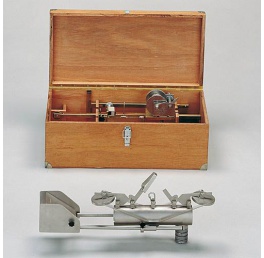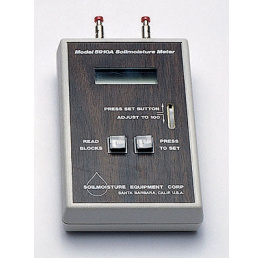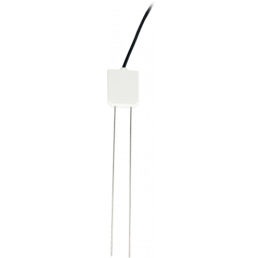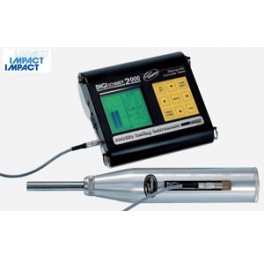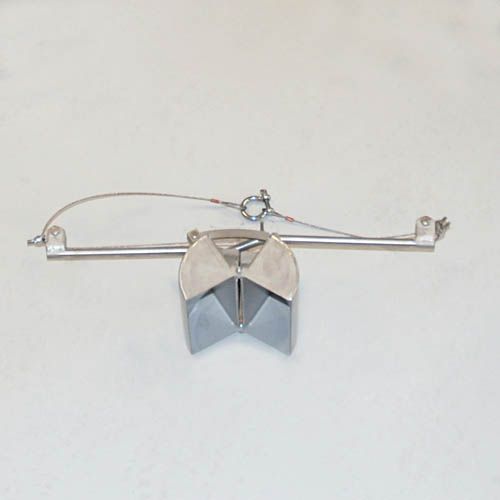
04.30 Van Veen Grabs
- Eijkelkamp 04.30 Van Veen Grabs used for taking disturbed samples from the bottom of lakes, rivers, etc.
- Various designs can be supplied. The smaller designs are manually controlled.
At the surface the jaws are pushed open and kept in that position by a hook. To keep the hook in the right position the Van Veen grab should be sunk at a steady, not too high, pace. Both jaws are fitted with holes to allow air to escape during the sinking. If these holes were not there, the air would escape when taking the sample, which would result in interference with the sample. As soon as the jaws touch the bottom, the hook loosens its grip, so that, when hoisting the rope again the jaws will shut tight because of the leverage by the rods. The amount of drawn sample mainly depends on the compactness of the bottom. A heavier grab catches more than a lighter one. Therefore all models have been fitted with weighting blocks. Moreover, when a strong current prevails, the cable of the heavier grab deviates less from the vertical than the lighter one. Recommended to take at least 6 samples from every location and to base your conclusion on the total of the samples. In spite of the heavy closing force, it can happen that a pebble sticks between the buckets. In such case the sample is not representative; the smaller parts may have excaped during hoisting. Once surfaced, the grab is emptied and cleaned.




